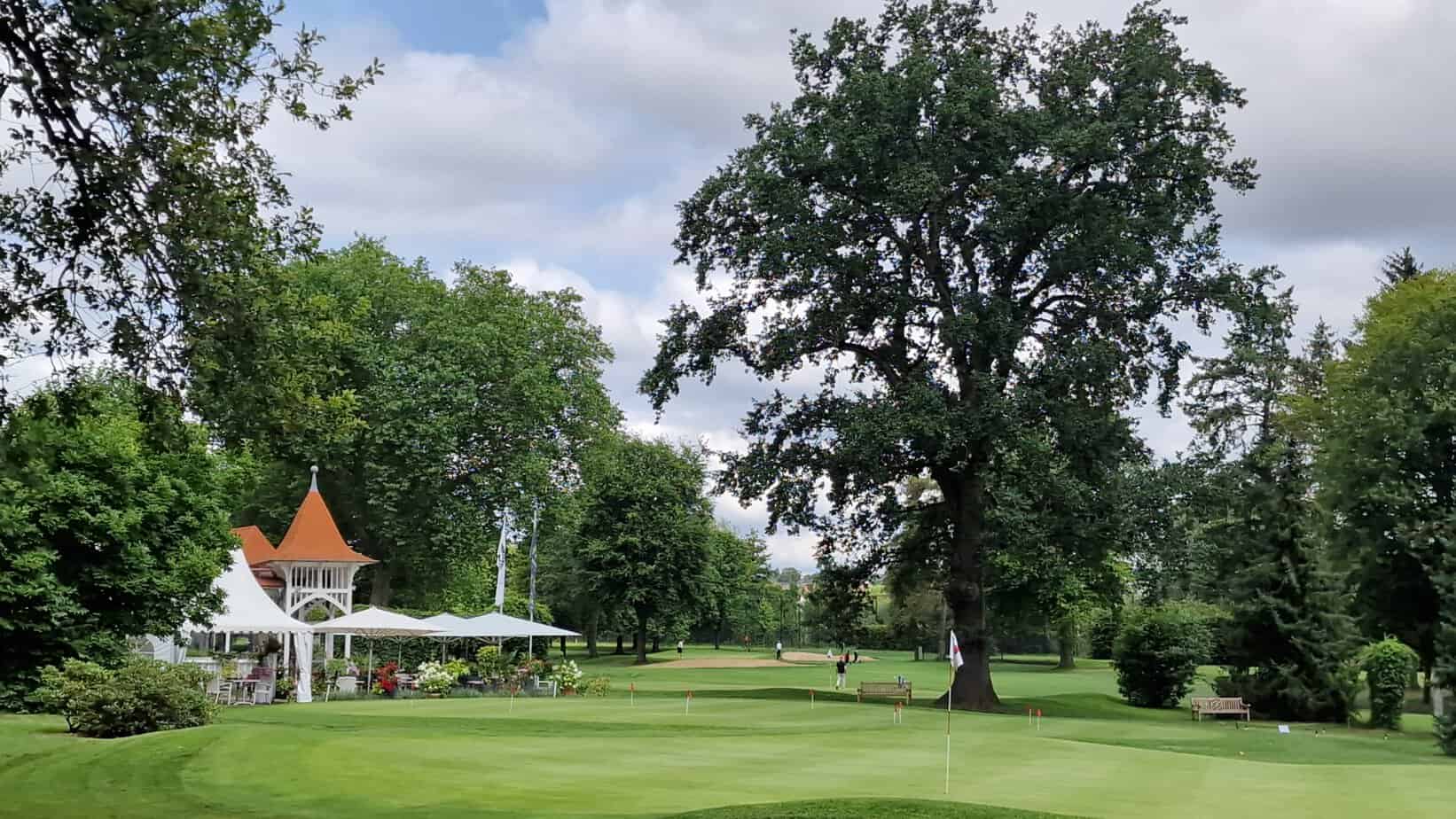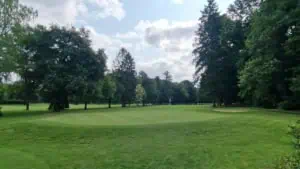Golf Club Bad Nauheim: Tree care in the historic park
The first tee shot suggests it: The round of golf will be dominated by trees. They stand mighty and dominant on the 80,000 square meters of land that the Bad Nauheim Golf Club covers with its nine holes. Slender and narrow, the holes stretch across the flat terrain, bordered by the small river Usa and Bad Nauheim’s municipal forest. Created in the 19th century, the historic park with its 40 hectares has long played a central role for the Hessian town. The town park and the golf club – their history has always been closely linked.
Exotic tree population
In this respect, the challenges faced in terms of environmental protection are similar across the entire area: the exotic trees, some of which are 100 years old, are undoubtedly a unique selling point on both sides. “But you also have to take care of them,” explains President Matthias Heß, referring to more than just the duty of care. Dead wood has to be removed from the trees, dead trees have to be felled completely. The spruce trees in particular, some of which have been attacked by the bark beetle, are mainly dead.
As part of the Hessian Golf Association’s Golf Course Habitat project, the traditional Hessian club also looked at the restoration of its tree population and received certification from HGV President Christofer Hattemer in July.
Tree care is an important aspect at this golf club, as the park-like grounds are home to some particularly valuable species.
The variety ranges from giant sequoias to majestic Lebanon cedars and gingko trees, whose fan-shaped leaves are a special feature of the entire city park. But golfers also come into contact with plane trees and English oaks when they try to keep their ball in play on the not-too-long but not-too-wide fairways.
Installation of nesting boxes
Seven nesting boxes for tits were also installed as part of the golf course habitat project in order to stop the oak processionary moth, which can often be found in the numerous trees on the golf course. They eat the oak processionary moth and therefore make a natural contribution to promoting biodiversity on the golf course. At the same time, a nesting box for dippers was added, which was installed in the area around the Usa. “When we joined the project Habitat golf course, we also quickly made contact with a beekeeper,” summarizes Heß.
In view of the comparatively small area on which GC Bad Nauheim is located, the possibilities for expanding natural meadows, for example, are limited. Instead, the club, which was founded in 1903, concentrates on its special features – and these are clearly the trees.








